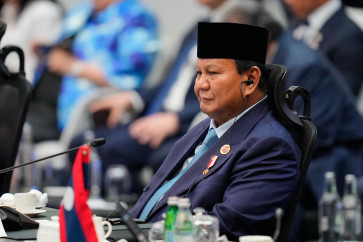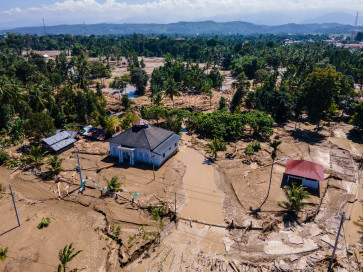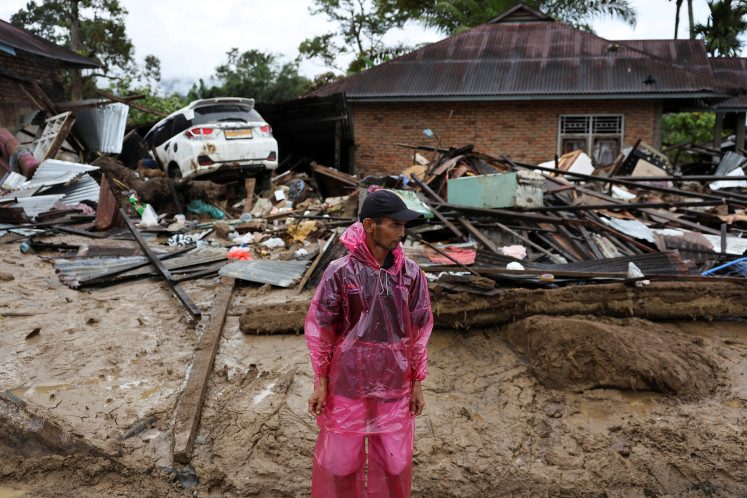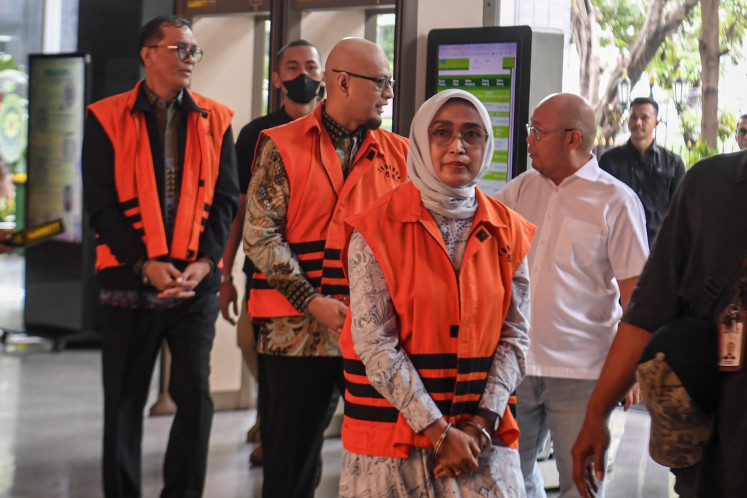Popular Reads
Top Results
Can't find what you're looking for?
View all search resultsPopular Reads
Top Results
Can't find what you're looking for?
View all search resultsGovt-sanctioned team to reduce delays at Soekarno-Hatta
The government has established a task force of related aviation institutions and stakeholders to address the number of delayed flights at Soekarno-Hatta International Airport
Change text size
Gift Premium Articles
to Anyone
T
he government has established a task force of related aviation institutions and stakeholders to address the number of delayed flights at Soekarno-Hatta International Airport.
The task force, led by the Transportation Ministry, will also involve domestic airlines and state-owned airport operator Angkasa Pura II (AP II), which manages the airport and navigation provider AirNav Indonesia.
Herry Bakti S. Gumay, the ministry's air transportation director general, said the task force would work on short- and long-term plans.
'The team has just started working but we hope to immediately come up with ideas because infrastructure development takes time,' Herry said, adding that infrastructure bottlenecks remained the main culprit behind delays.
According to recent data from the ministry, between 15 and 20 percent of the 1,125 flights that leave the airport everyday are delayed, with waits ranging from 15 minutes to one hour.
The delays mainly occur at Terminals 1 and 2, the airport's busiest terminals that almost all airlines, including foreign ones such as Emirates, Singapore Airlines, Malaysia Airlines and Korean Air, are directed to.
Delay is almost zero at Terminal 3, a relatively new facility at the airport that opened in April 2009. However, only four carriers depart from this terminal, namely AirAsia, Tigerair Mandala, Lion Air for its Jakarta'Denpasar route and Batik Air.
AP II data shows that 57.7 million passengers passed through the airport in 2012, even though it was originally designed to only accommodate 22 million passengers a year.
The airport operator is working fast to complete a Rp 7.6 trillion (US$676.4 million) face-lift on the facility, which would increase capacity to 62 million by the end of 2018.
In the first phase, by early 2015, the airport is expected to accommodate 43 million passengers annually.
In addition, Herry said the ministry had reviewed expansion plans that national flag airline Garuda Indonesia and Lion Air, the largest low-cost carrier, had for next year.
He refused to comment on how significant the carrier's expansions would be, but he said the ministry would deliberate on how many aircraft would be allowed and the number of slots given to them.
AP II president director Tri Sunoko said the airport's expansion project was running smoothly and the second stage was expected to begin next year after work at Terminal 3 was completed.
'We are optimistic the work at Terminal 3 will be finished by next year,' Tri said.
In the second phase, the company intends to increase the annual-passenger capacity of Terminal 1, which serves domestic routes, from 9 million to 18 million, and the same with Terminal 2, which serves international routes, from 9 million to 19 million.










